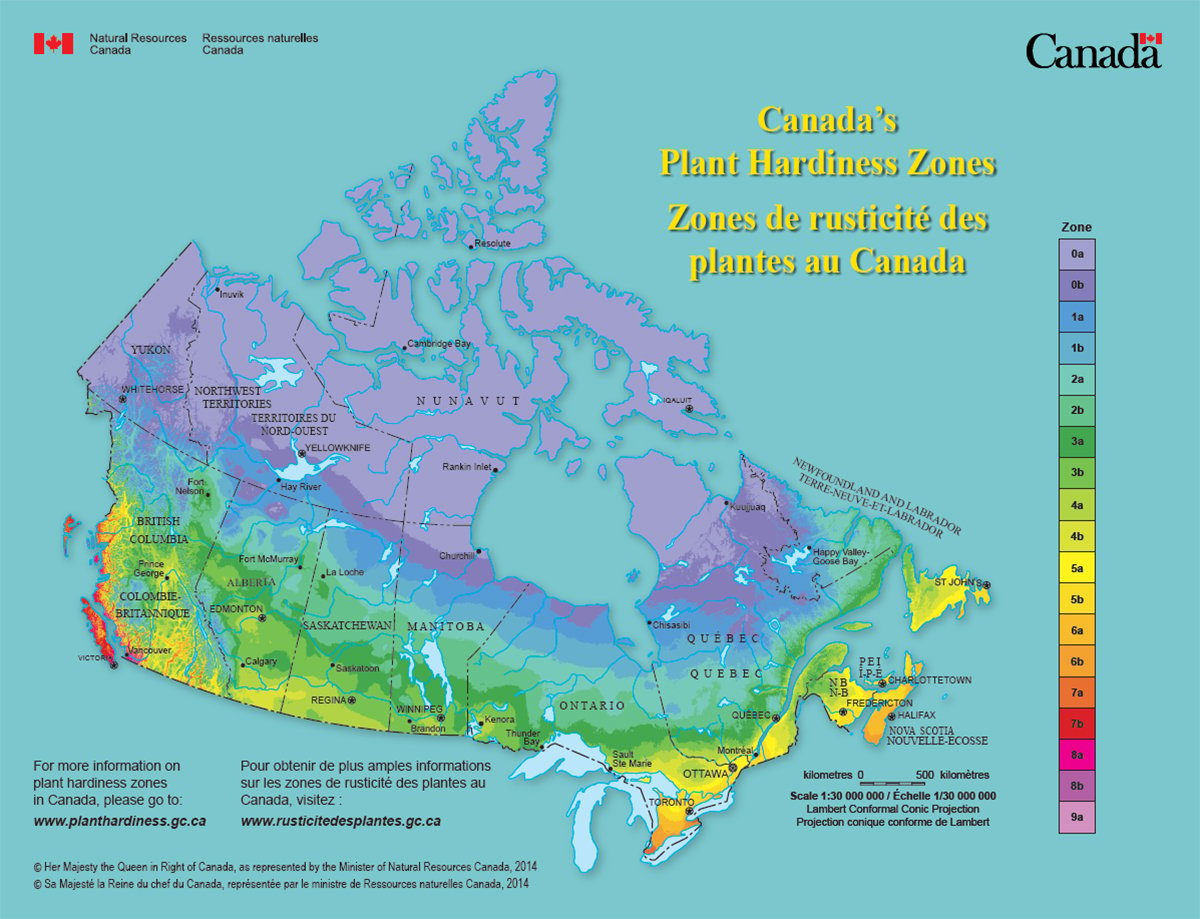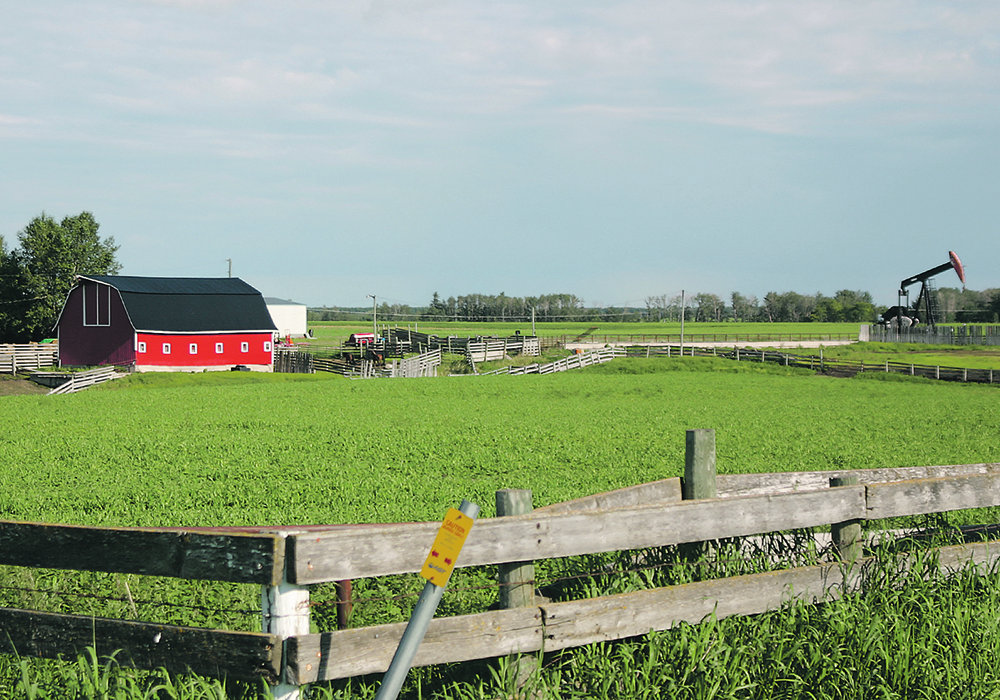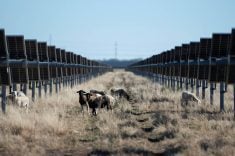The job of a grains and oilseeds analyst has become more complicated.
“We can’t look at ag commodities in isolation anymore,” said Owen Wagner, senior analyst with Rabobank.
“We always have to have an eye on petroleum in the background.”
Read Also

Canada’s plant hardiness zones receive update
The latest update to Canada’s plant hardiness zones and plant hardiness maps was released this summer.
The link between those commodities started in 2006-07 when 10 percent of the soybean oil produced in the United States was being consumed by the biodiesel sector.
That is when soybean oil prices started to closely track the West Texas Intermediate (WTI) crude price.
The link is getting even more magnetic now that large volumes of soybean oil are being diverted to the production of renewable diesel and sustainable aviation fuel.
“Crude oil is the 800-pound gorilla in the room,” Wagner said during Rabobank’s recent Fall Harvest Outlook webinar.
“It may not move things day-to-day, but it certainly sets the tenor and more concretely sets the floor for a lot of these markets.”
The drop in petroleum prices in the last half of 2022 “pulled the floor out” from under sky-high grain and oilseed prices.
Saudi Arabia and Russia are cutting back on petroleum production to raise prices, and it appears to be working.
Wagner said Saudi Arabia needs crude oil prices at US$85 per barrel to balance its budget and is intent on keeping prices above that level.
However, the Saudi economy is expected to shrink by 1.5 percent in 2023 due to the production cuts, so there is pressure to turn the taps back on.
Russia is already showing signs of breaking the pact as its exports reach the highest levels in three months.
Wagner thinks the Saudis will continue cutting back production until the end of 2023 and then may bring it back up to speed in 2024 out of fear of losing permanent market share to competitors such as the United States.
“You have to wonder, how long is this something they can put up with?” said Wagner.
The puzzling thing is that WTI prices have been rising since July, but soybean oil prices have not followed. In fact, they have been falling.
That is because renewable diesel production in the United States has got way ahead of itself due to the U.S. Environmental Protection Agency’s disappointing renewable volume obligations.
That has created a glut of renewable diesel, which is weighing down the U.S. soybean oil market.
The other big factor to consider is Brazil’s weakening currency, which makes its soybeans more attractive to international buyers than those from the U.S.
The real had been outperforming the U.S. dollar until Brazil started lowering interest rates, which weakened its currency. The U.S., by contrast, is sticking to a policy of raising interest rates to combat inflation.
Planting in Brazil started off slowly due to dry conditions, but it has picked up in the past couple of weeks.
However, central Brazil has been experiencing irregular rainfall accompanied by extreme temperatures, according to the Soybean & Corn Advisor.
There is rainfall in the forecast, but the region needs 25 to 50 millimetres of moisture to get the soybeans properly germinated and a stand established.
“If the rains disappoint, there may be hundreds of thousands of hectares that would need to be replanted,” editor Michael Cordonnier said in a recent article.
The U.S. Department of Agriculture is forecasting a record Brazilian soybean crop of 163 million tonnes.
Contact sean.pratt@producer.com
















